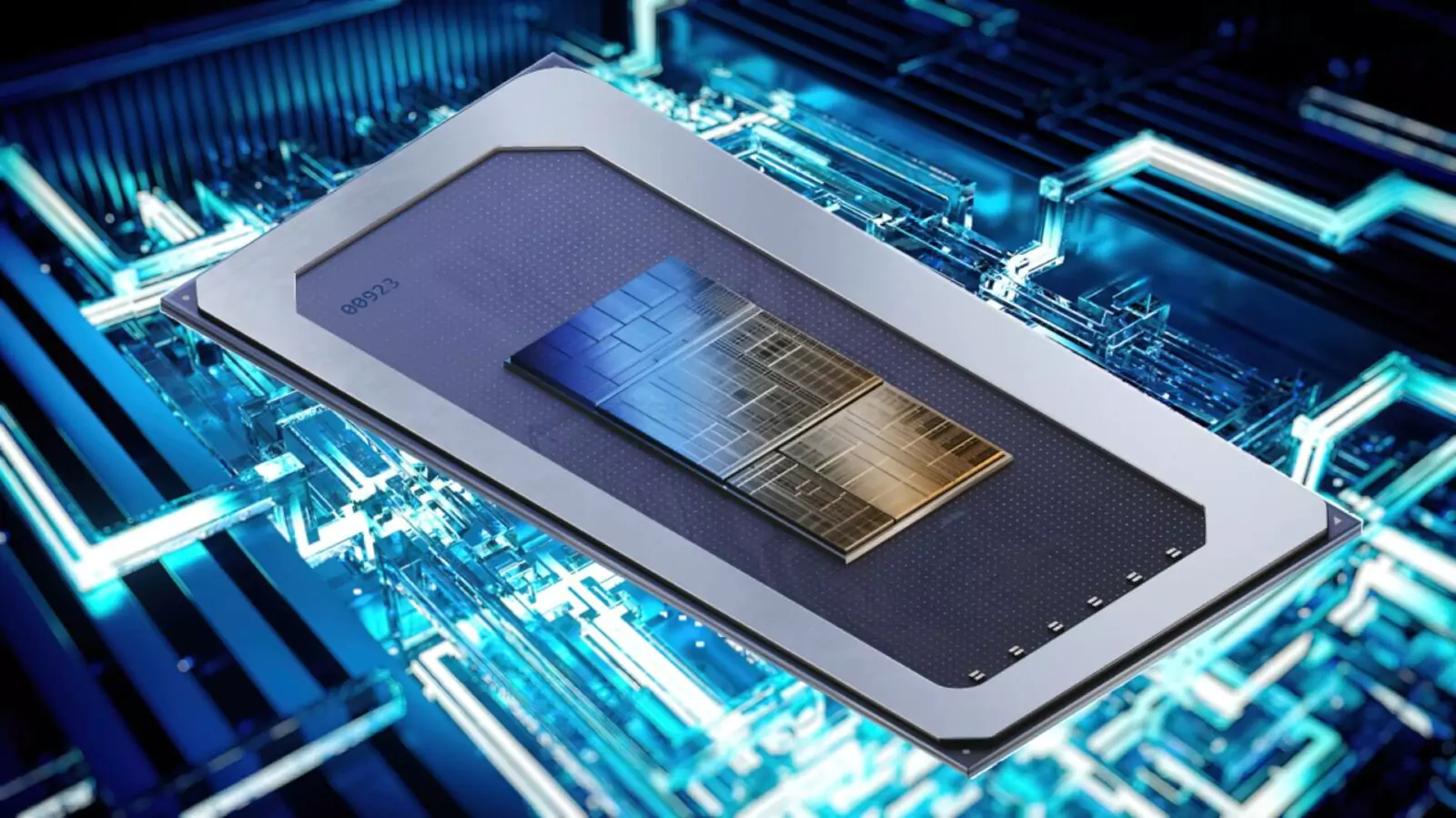Following the 1st Gen Core Ultra launch, Intel has started planning the next step in its race to “process leadership.” Sanjay Natarajan, SVP and Executive of Intel’s Technology Department explained in an interview with Nikkei. The 15th Gen Arrow Lake processors are set to succeed Meteor Lake in 2024, with the CPU tile leveraging the 2nm-class 20A node. Mass production of the 20A process will begin in 2024, bringing with it a set of innovations and technologies.

The 20A process will utilize EUV lithography to enhance yields and production capacity. It’ll be the first Intel node to use RibbonFET transistors, commonly known as GAA (Gate All Around), the successor to FinFET. It’ll also be the first process to leverage PowerVia, Intel’s backside power delivery technology meant to optimize power and frequency. Per the chipmaker’s internal tests, PowerVia demonstrates >5% frequency improvement and >90% cell density on Intel 4.

The 15th Gen Arrow Lake processors will utilize a disaggregated (chiplet) architecture with a 2nm-class 20A CPU die. The cores will be upgraded to Lion Cove (P) and Skymont (E). It’ll be the first Core CPU to drop hyper-threading (SMT) on the P-cores The iGPU will be based on the Battlemage graphics IP and fabbed on TSMC’s 3nm/4nm node. The desktop lineup will land in late 2024 with up to 24 cores (8P + 8E).
The 15th Gen client family will be the sole benefactor of the cutting-edge node. Granite Rapids and Sierra Forest are slated to use Intel 3, while Clearwater Forest will utilize 18A.





